First of all: Javascript (ES5) don't guarantee property order. There are still browsers running on ES5 (IE11 ahem, although they keep property order partially) so depending on your environment, I recommend you to follow this rule.
That's a really really important point.
Now, after you understood why you shouldn't do that, I'll explain a way to remove the first property (whatever first is in your current environment).
You can do it two ways. The most performant way in IE11 and Firefox is this one:
for (var i in obj) {
delete obj[i];
break;
}
And also you can do:
delete obj[Object.keys(obj)[0]];
Which is less performant on IE and Firefox but better on Chrome (performance test below):
function newList() {
var objs = [];
var props = "abcdefghijklmnopqrstuvwxyzABCDEFGHIJKLMOPQRSTUVWXYZ";
for (var i = 0; i < 200000; i++) {
var obj = {};
for (var ii = 0; ii < props.length; ii++) {
obj[props[ii]] = ii;
}
objs.push(obj);
}
return objs;
}
var objs = newList();
console.time("Object.keys()");
for (var i = 0; i < objs.length; i++) {
delete objs[i][Object.keys(objs[i])[0]];
}
console.timeEnd("Object.keys()");
objs = newList();
console.time("for...in");
for (i = 0; i < objs.length; i++) {
for (var j in objs[i]) {
delete objs[i][j];
break;
}
}
console.timeEnd("for...in");
NOTE: Woah, surprise for me. In V8 Object.keys() works pretty well right now. But in Firefox and IE11 preformance is still worse.
Chrome:

IE11:

Firefox:

Not tested more browsers as those 3 are the only ones I develop for (yeah... IE11...). Surprised also that IE11 has better performance than Firefox. Usually is way worse.
Seems that the overhead for Object.keys() is when creating the array, but the overall performance changes with the amount of properties on both ways. Thank you for telling me to do some tests Jonas Wilms.


